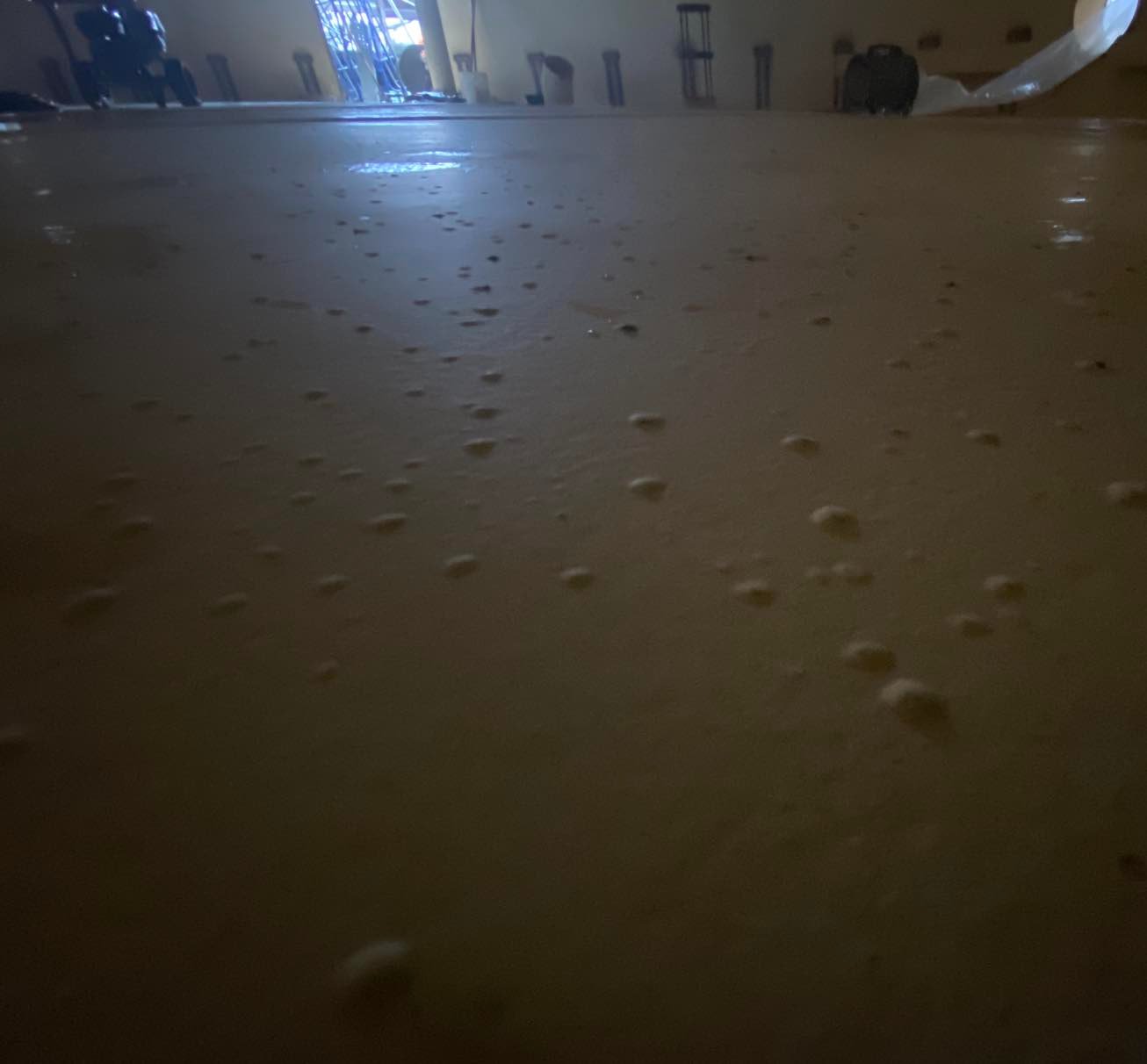
Does formulation and product performance matter?
Why should you use performance criteria and basis of design to improve your product specifications and eventually your submittals?
- High Performance Coatings
The Critical Importance of Performance-Based Specifications for High-Performance Coatings
Navigating the Challenge of Product Submittals
Architects and engineers frequently find themselves devoting significant time to reviewing product submittals where contractors propose alternate coating materials that differ from those specified in project documents. This review process can be both time-consuming and challenging, particularly given the multitude of coating manufacturers offering seemingly similar generic technologies.
Contractors typically pursue alternate product submittals based on personal preference or—more commonly—to reduce material costs. Unfortunately, these proposed substitutions often fail to meet the project's requirements or withstand the intended environmental exposures. To address this challenge, specifiers should develop standard-of-quality or basis-of-design specifications supported by clearly defined minimum performance criteria.
Quality vs. Price: Understanding the Critical Difference
While many high-performance coating manufacturers share similar generic product classifications, their approach to formulation can vary dramatically. Some prioritize minimizing production costs, while others focus on maximizing quality and performance. Though two products may fall under the same generic category, their performance can differ substantially depending on the quality of raw materials used in their formulation.
To objectively evaluate coating performance, manufacturers test their products according to industry-accepted standards established by organizations such as ASTM, ISO, UL, NSF, ANSI, and AMMA. These standardized tests—whether simulating real-world conditions or accelerated exposures—provide specifiers, contractors, and building owners with reliable data to compare similar products.
Performance Disparities Between Similar Products
Consider these performance comparisons between products with identical generic classifications:
Product Type: Moisture Cured Urethane, Zinc Rich
ASTM Test: B117 Salt Fog Testing
Manufacturer A Result: No blistering, cracking or delamination after 20,000 hours
Manufacturer B Result: No blistering, cracking or delamination after 5,000 hours

Product Type: Fluoropolymer Urethane
ASTM Test: D4141 Method C EMMAQUA
Manufacturer A Result: No less than 98% gloss retention after 2,000 MJ/m² (88,095 MJ/m² total) EMMAQUA exposure
Manufacturer B Result: No less than 52% gloss retention after 2,000 MJ/m² (88,095 MJ/m² total) EMMAQUA exposure
The Problem with Minimum Industry Standards
Specifiers often incorporate industry standards established by AMPP (formerly SSPC and NACE). For example, SSPC Paint 36 "Two-component weatherable aliphatic polyurethane" defines specific performance criteria for that coating type. However, market competition frequently drives manufacturers to formulate products that merely meet the minimum requirements of these standards—essentially creating a "race to the bottom" in terms of quality.
The Value of Basis-of-Design Specifications
A project specification without a clearly defined basis of design and/or standard of quality typically leads to confusion during bidding and a time-consuming submittal review process. More importantly, this approach often results in the owner receiving the lowest standard of quality rather than the best solution for their project.
By crafting coating specifications around a basis of design with defined performance requirements, specifiers can:
- Eliminate confusion during the bidding phase
- Streamline the submittal review process
- Ensure the final coating system meets both immediate and long-term project needs
Expert Guidance for Your Next Project
If you've experienced the frustration and confusion often associated with the submittal phase of your project, consider consulting with a high-performance coating specialist who can help incorporate relevant performance criteria into your next specification. With proper documentation and expertise, we can help ensure your coating specifications deliver the quality and performance your projects demand.
We have the proof, and we're here to help!
LET OUR KNOWLEDGE AND EXPERTISE HELP ENSURE YOUR NEXT PROJECT IS SUCCESSFUL
Check out these related resources:
Don't miss these project profiles:

What is ASTM D 1653 (Permeability Testing) and...
What is ASTM D 1653 (permeability testing) and...

High Performance Coatings in Extreme Winter...
High performance coating projects in cold states...

Can galvanized steel be coated?
What is Passivation on Galvanized Steel and Can...